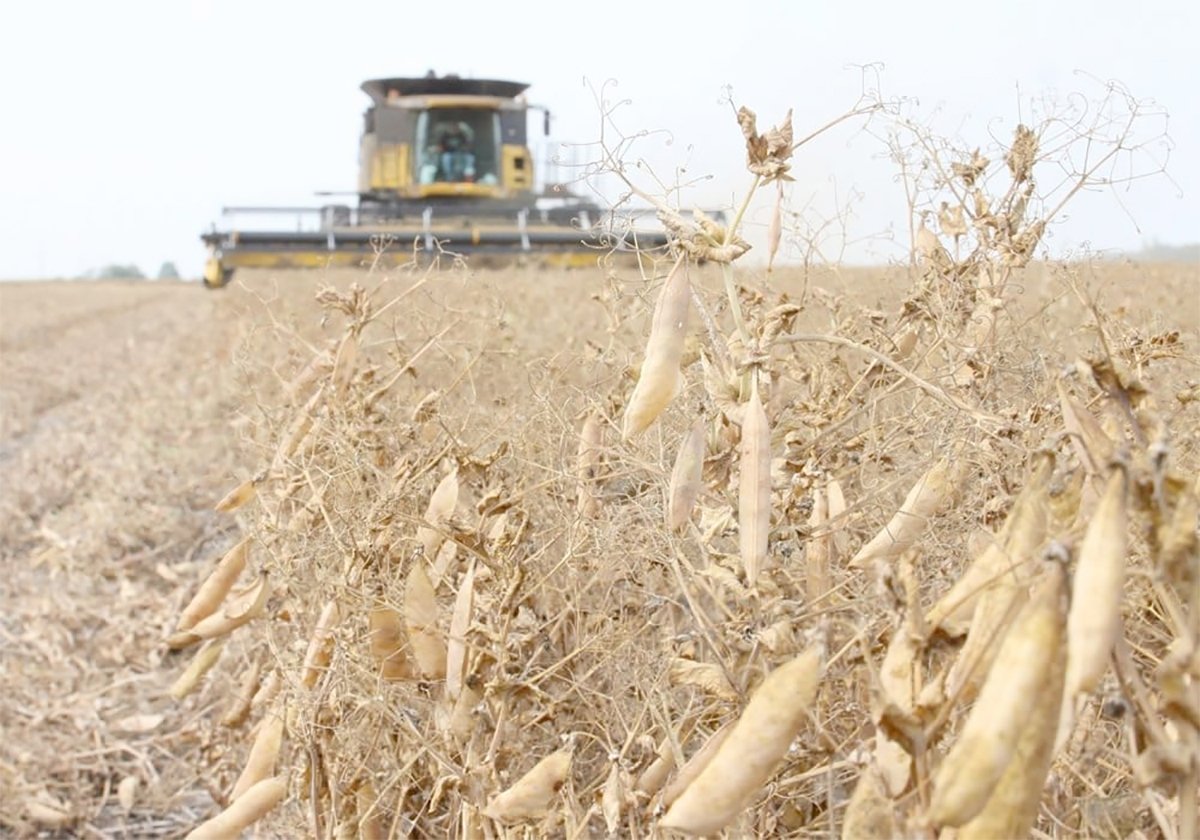The two extremes in the supply management debate are doing a disservice to the discussion about the impact that potential trade deals could have, says a respected analyst.
Al Mussell, a market analyst at the George Morris Centre in Guelph, Ont., and president of the Canadian Agricultural Economics Society, said in two papers published last week that critics of the system assume dismantling supply management will be the price of joining trade talks such as the Trans-Pacific Partnership.
“With so little known about how the TPP negotiations may proceed, it is remarkable how unequivocal some have been in asserting that Canada will simply need to give up supply management,” he wrote.
Read Also

Chinese, Indian tariffs take toll on pea prices
The disruption of pea exports from Canada’s largest customers will likely result in slow pea exports for the remainder of the crop year.
“This demonstrates a broad lack of understanding of supply management systems and the real trade issues surrounding it.”
On the other hand, supply management defenders insist there can be no change. That is also a mistake, wrote Mussell.
“It is a bold but potentially reckless strategy for the system’s defenders to argue that supply management cannot change and it is therefore so vulnerable that it should not even be discussed in trade negotiations,” he said.
“This belies the history of milk supply management. Significant changes within the system are likely possible, and these could mitigate the pain of adjustment.”
Mussell argued that the supply management system of import controls, production quotas and cost-of-production related price setting could be adjusted to meet increased foreign competition.
It is not an all-or-nothing proposition as the critics hope and the defenders fear, he said.
“There exists the robustness and flexibility within the supply management model to adjust to lower levels of protection and to lower prices,” he said.
“Reductions in trade barriers could be phased in to cushion adjustment. The mix of tariffs reduced and (tariff rate quotas) increased will be negotiated.”
One possible Canadian response to international demand for more access is to increase TRQ levels of guaranteed low- or no-tariff market access for an established percent of the domestic market while maintaining high tariffs for imports over TRQ levels to give the quota system some stability.
Mussell said that as in past deals, Canada’s concessions can be strategic, agreeing to more access “on products for which we have less processing capacity and (retaining) more protection where we have more capacity.”
Meanwhile, the barrage of anti-supply management criticism continued last week with a commentary by the Ottawa-based Macdonald-Cartier Institute, which argued the system is bad policy that hurts Canada’s trade negotiating position and penalizes Canada’s poor.
George Morris Centre senior research fellow Larry Martin was one of the authors arguing that higher dairy, poultry and egg prices hurt low-income families the most.
“There should be little doubt of the enormous benefits available to Canadians from phasing out supply management,” said the institute report.
“The resulting reduction in the price of staple goods such as milk, cheese, eggs and chicken would disproportionately benefit lower-income households who spend a higher share of their income on food.”
The study cited statistics that showed dairy prices are higher on average in Canada than in the northern United States, which hurts poor Canadian families.
Supply management defenders insist it is not a valid cross-border comparison.
Cheaper U.S. prices near the Canadian border are loss leader items to lure Canadian shoppers, but prices rise the further south one travels from the border.














